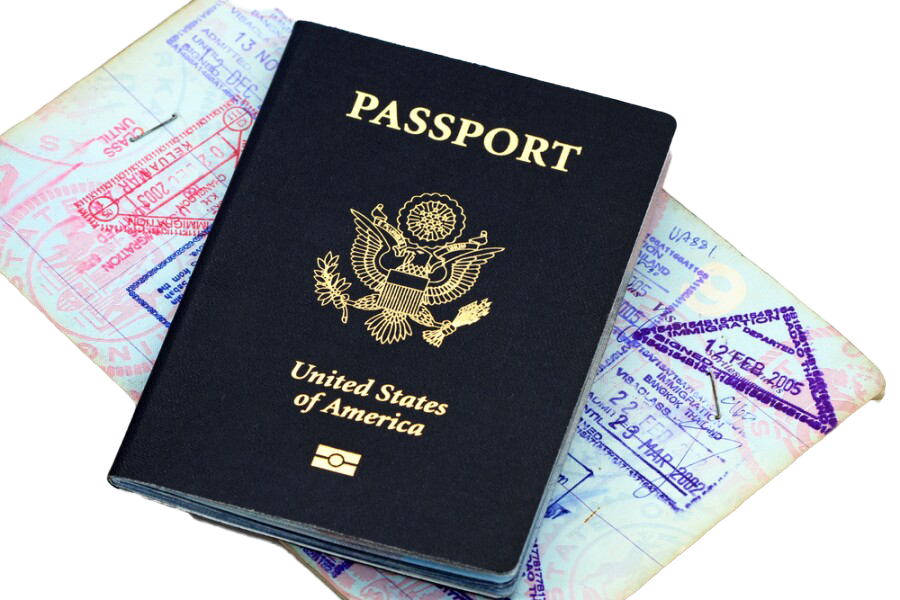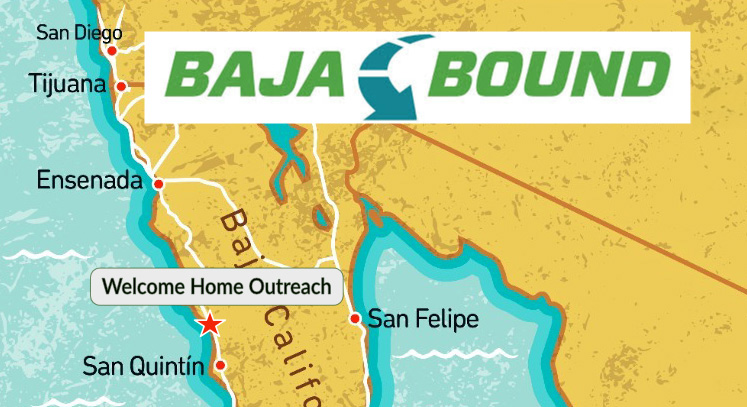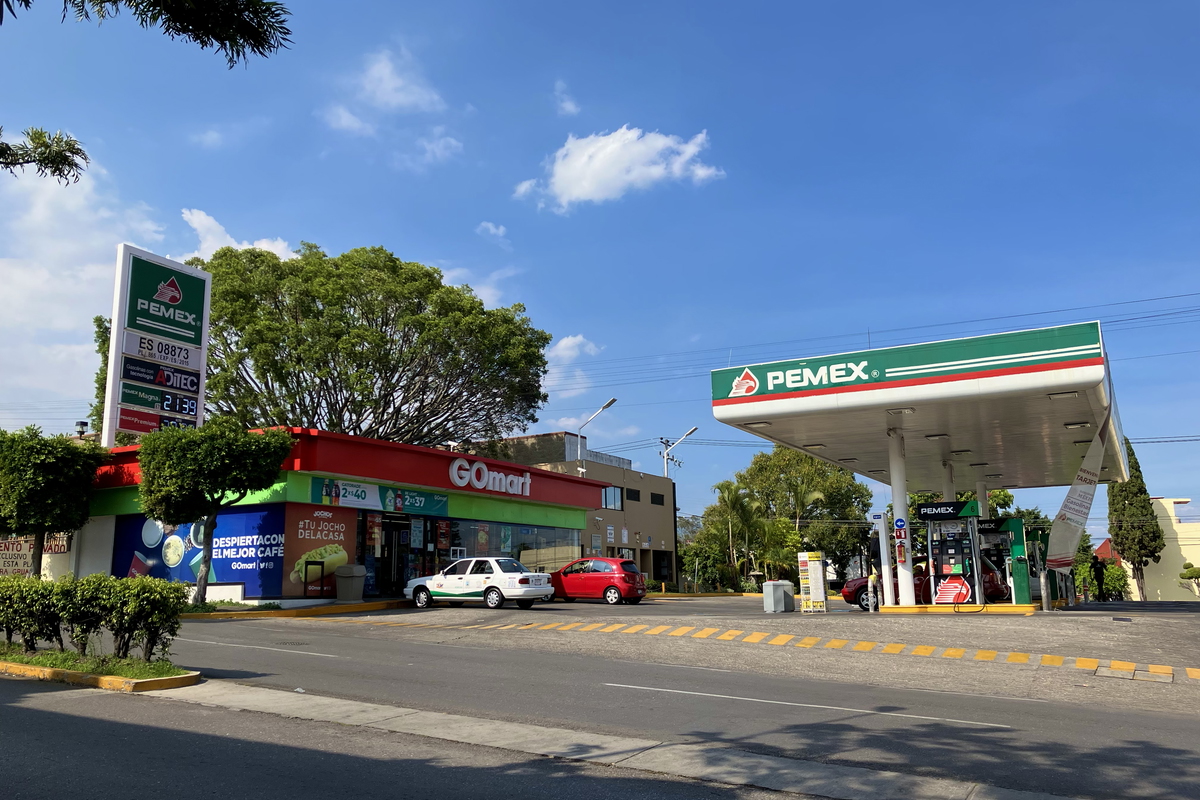Travel in Mexico
Passport / Visa Requirements
All U.S. and Canadian citizens, including children, are required to present a valid passport or passport card when crossing the U.S. / Mexico borders.(For information about obtaining a U.S. passport access the U.S. State Department website. Mexico also requires an FMM Tourist Visa. You may begin the process on-line, but it is much easier in person. If you start the process on-line, you will still need to stop at the border to have it stamped, to be legal. You can find information at: FMM Tourist Card.
Safety
Often, one of the first questions we are asked by team leaders is about the safety of traveling in Mexico. Our response is that traveling in Baja is no more risky than traveling in the United States. We emphasize that visitors should use common sense and stick to the goal of driving to and from Vicente Guerrero. In other words, don’t expose yourselves to risk by being in the wrong place at the wrong time (Tijuana after hours, for instance) … just as you would use caution while traveling in the United States and other countries.
In our many years of hosting visiting missions teams, we have had no reports of violence or out-of-the-ordinary mishaps. Vicente Guerrero and the surrounding communities are rural agricultural areas, and you will find the people to be welcoming and friendly, not threatening.
Mexican insurance on your vehicles is a must! Welcome Home partners with an insurance provider, Baja Bound, and we recommend that you visit their website for your insurance needs. You will be able to purchase insurance coverage online prior to your trip.
If you need to rent vehicles in San Diego or Los Angeles, Baja Bound also partners with several rental agencies. See their website for contact information on these agencies. With any rental agency you work with, be sure to confirm that insurance is included in the rental.
Driving Tips
Distances and speed limits are shown in kilometers, not miles. One kilometer is equal to five-eighths (5/8) of a mile. A speed limit sign reading “110 km per hour” equals approximately 68 miles per hour. A distance of 100 km equals approximately 62 miles.
You will encounter traffic lights as you travel Highway 1 (in Ensenada and in some of the towns below Ensenada). The only difference you will notice is that the green signal is solid at first, then starts to blink before turning yellow. We have known police in Ensenada to stop drivers who go through the blinking green lights (although most Mexican drivers do it), so use caution when approaching a blinking green light.
Speed bumps (reductor de velocidad) are used along Highway 1 to slow cars down, both in towns and on curvy and more dangerous parts of the highway. A series of smaller bumps leads up to the major and pretty significant speed bump, so be careful.
Gasoline
There are many gas stations along the route. You will need cash for gas purchases; U.S. dollars are accepted. Don’t hesitate to ask for a receipt (nota) for your gas purchase.



